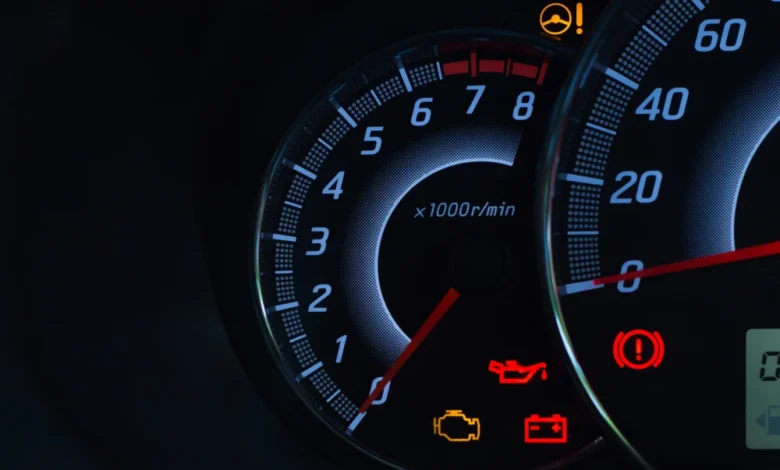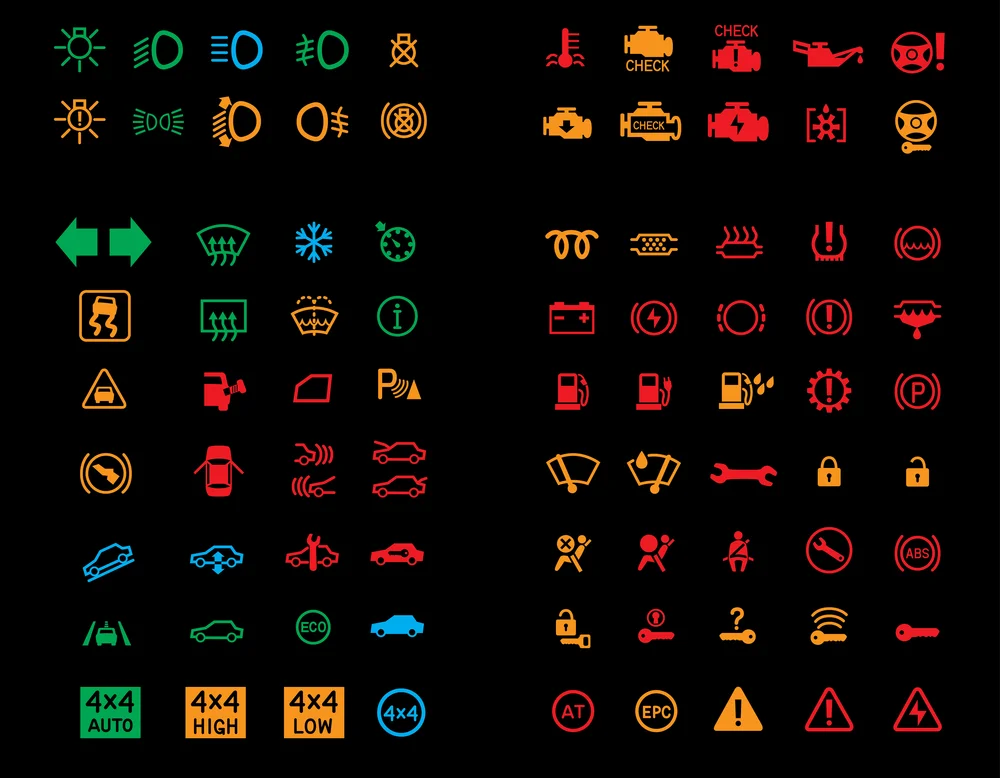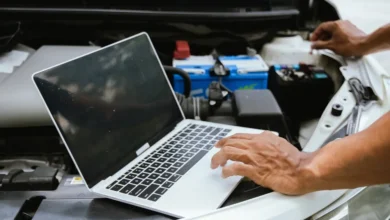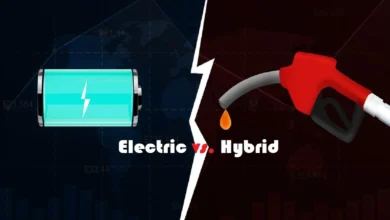
Imagine driving down the road when suddenly a dashboard light flicks on. Instantly, your heart skips a beat. Is it a quick fix, or should you pull over? For many drivers, dashboard lights are a mystery, leaving them anxious about potential issues. This guide will decode every dashboard light, from the common ones to the newer, more advanced indicators in modern cars. By the end, you’ll know exactly what each light means and what steps to take to keep your car running smoothly.

1. Check Engine Light
Symbol: Engine icon, often in yellow or amber.
Meaning: The Check Engine Light (CEL) signals that there’s an issue with the engine or emissions system.
Actions: CEL can indicate anything from a loose gas cap to a serious engine problem. If it’s flashing, pull over and seek professional help immediately.
2. Oil Pressure Warning Light
Symbol: Oil can dripping a drop.
Meaning: This light means the oil pressure is too low, which could damage the engine if ignored.
Actions: Check oil levels and top up if necessary. If the light persists, have a professional inspect it promptly.
3. Battery Warning Light
Symbol: Battery icon with plus (+) and minus (-) symbols.
Meaning: Indicates an issue with the charging system, such as a failing alternator or dead battery.
Actions: If this light comes on while driving, reduce electrical loads and head to a repair shop. Avoid turning off the engine, as it may not restart.
4. Brake System Warning Light
Symbol: Circle with an exclamation mark or ‘BRAKE.’
Meaning: This light could mean several things, including low brake fluid, worn brake pads, or a general brake system issue.
Actions: Check brake fluid levels. If the light remains on, seek professional help immediately to avoid brake failure.
5. Coolant Temperature Warning Light
Symbol: Thermometer with waves or a radiator icon.
Meaning: Signals that the engine is overheating.
Actions: Stop the vehicle as soon as safely possible. Turn off the engine and allow it to cool down. Avoid opening the radiator cap while hot.
6. Tire Pressure Monitoring System (TPMS) Light
Symbol: Exclamation mark inside a U-shaped tire outline.
Meaning: This light indicates low tire pressure.
Actions: Check all tires and add air as needed. Low tire pressure can reduce fuel efficiency and increase the risk of a blowout.
7. ABS Warning Light
Symbol: ‘ABS’ in a circle.
Meaning: Indicates a problem with the Anti-lock Braking System (ABS).
Actions: ABS helps prevent wheel lock during hard braking. If the light is on, the car can still brake, but without ABS. Seek service soon.
8. Airbag Warning Light
Symbol: A person with a circle (airbag) in front.
Meaning: This signals a potential malfunction in the airbag system.
Actions: An airbag issue can prevent it from deploying in an accident. Have it inspected immediately to ensure passenger safety.
9. Traction Control / Stability Control Light
Symbol: Car with squiggly lines below it.
Meaning: This light activates when traction control or stability control is engaged to prevent skidding.
Actions: No immediate action is needed unless the light stays on. If persistent, it may indicate a system malfunction.
10. Lane Departure Warning Light (Advanced Cars)
Symbol: Car drifting between two lines.
Meaning: This light warns the driver when the vehicle unintentionally drifts out of its lane.
Actions: Typically activates on its own. If it stays on, it may need recalibration or repair.
11. Adaptive Cruise Control Light (Advanced Cars)
Symbol: Car with lines in front.
Meaning: Indicates that adaptive cruise control is active and set.
Actions: If flashing, it may need a reset. If steady, it’s just a reminder that the system is in control of your speed.
12. Collision Warning Light (Advanced Cars)
Symbol: Triangle with a car in front, sometimes with an exclamation mark.
Meaning: Alerts you to a potential front-end collision.
Actions: Respond immediately to prevent an accident. If the light malfunctions, have it checked.
13. Blind Spot Monitoring Light (Advanced Cars)
Symbol: Car with radar waves on the side.
Meaning: Notifies of vehicles in your blind spots.
Actions: The system is automatic, but if this light remains on or flashes, there may be a sensor issue.
14. Maintenance Reminder Light
Symbol: Spanner or ‘SERVICE.’
Meaning: Indicates scheduled maintenance, like oil changes.
Actions: Book a service appointment. Routine maintenance can prevent major repairs.
You might also like: Common Car Problems and Quick DIY Fixes
15. Security Indicator Light
Symbol: Key or car with a lock.
Meaning: Shows if the car’s anti-theft system is active or if there’s an issue with the key.
Actions: If it flashes while the car is running, there may be a key or system issue.
16. Diesel Particulate Filter (DPF) Warning Light (Diesel Cars)
Symbol: Three dots with lines above.
Meaning: Indicates that the diesel particulate filter is clogged.
Actions: Drive at a higher speed on a highway to initiate a filter cleaning cycle. If unresolved, have it serviced.
17. Automatic Transmission Warning Light
Symbol: Gear symbol with exclamation mark or ‘AT.’
Meaning: Signals a potential issue with the automatic transmission.
Actions: Address immediately, as transmission issues can lead to costly repairs.
Dashboard Warning Lights Frequency
Here’s a pie chart illustrating the frequency of various dashboard warning lights. As shown, the Check Engine Light and Tire Pressure Warning Light are the most common indicators, while lights related to advanced systems are less frequent. This visual should help you understand which alerts are most likely to appear during regular vehicle use.
Conclusion
Dashboard lights are the car’s way of telling you what it needs, whether it's maintenance or immediate attention. By understanding each light, you can address issues promptly and potentially save on repair costs. The next time a dashboard light appears, take a moment to check this guide and respond accordingly. Your car—and your wallet—will thank you!
We hope you found this article helpful. If you did, check out our blog for more great content like this.





